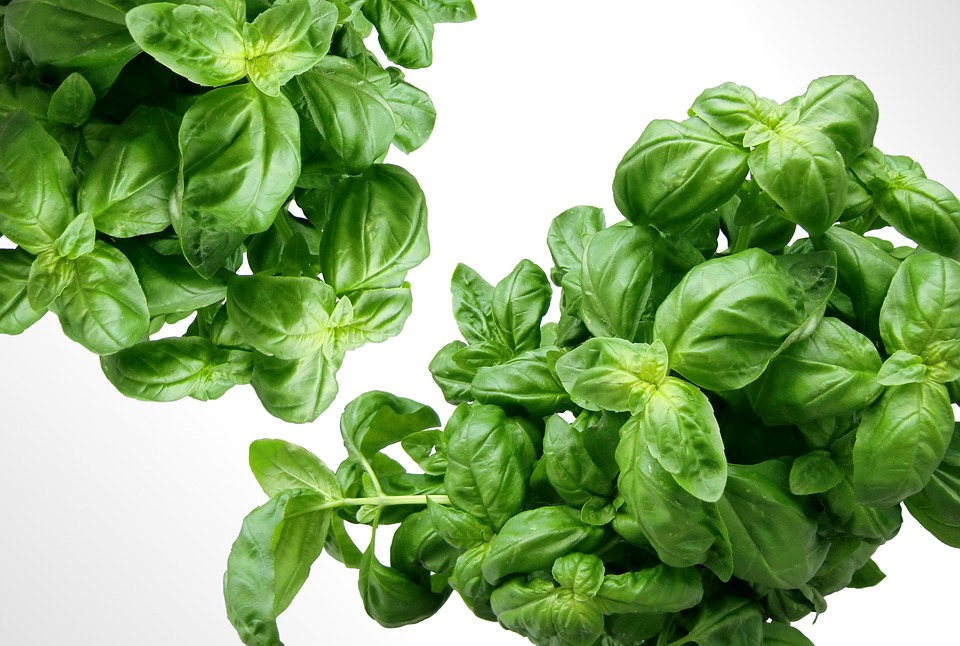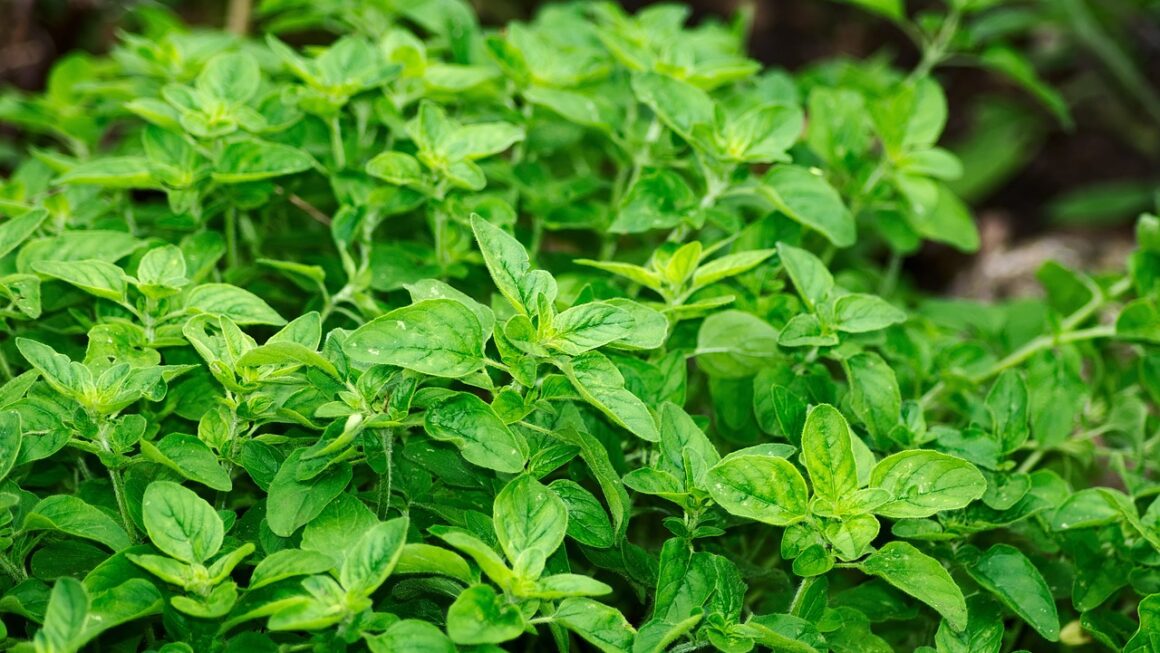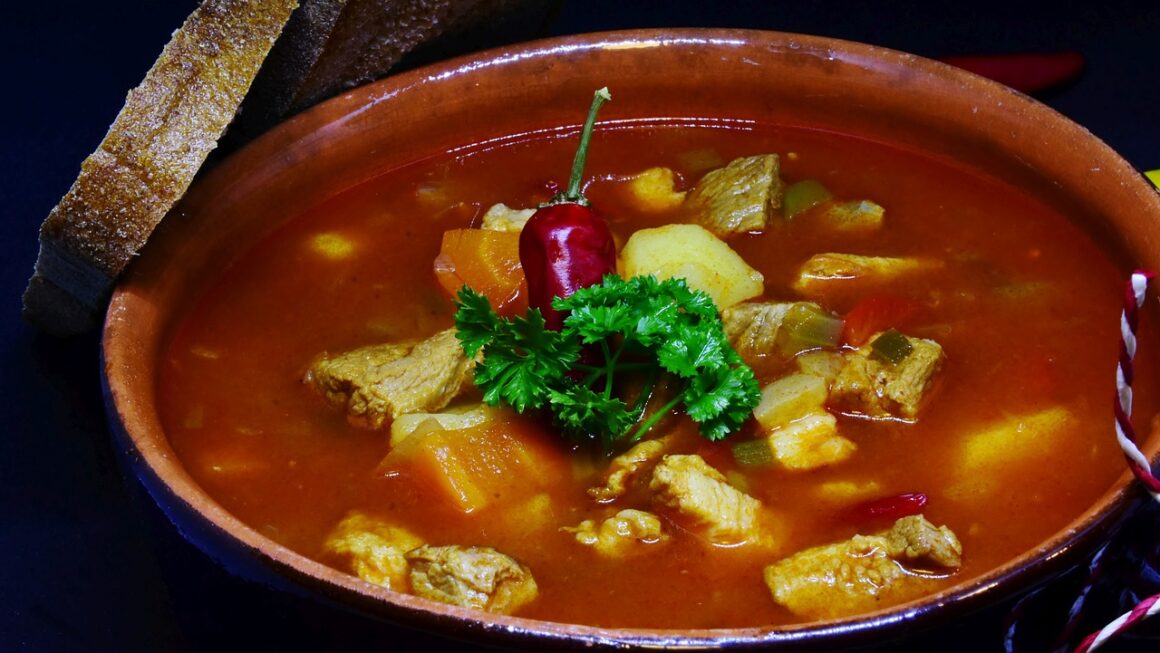Korean cuisine has been gaining popularity around the world, and one dish that has captivated food lovers is bibimbap. Bibimbap is a Korean rice dish that is mixed with various vegetables, meat, and a spicy sauce. It is a flavorful and colorful dish that is not only delicious but also offers a healthy array of essential ingredients.
Let’s explore the essential ingredients in bibimbap and gain a deeper understanding of this traditional Korean dish.
Rice: The base of bibimbap is rice, typically short-grain rice, which is a staple food in Korean cuisine. The rice is steamed and then placed in a bowl, forming the foundation of the dish.
Vegetables: Bibimbap is known for its variety of vegetables, which are typically blanched or sautéed before being added to the dish. Common vegetables include spinach, carrots, bean sprouts, zucchini, and mushrooms. These vegetables not only add color and texture to the dish but also provide essential nutrients and vitamins.
Meat: While bibimbap can be made with just vegetables, adding a protein such as beef or chicken elevates the dish to a more satisfying meal. The meat is usually thinly sliced and marinated in a mixture of soy sauce, garlic, and other seasonings before being cooked.
Eggs: Another essential ingredient in bibimbap is a fried or soft-boiled egg. The egg adds a rich and creamy element to the dish, and when mixed in with the other ingredients, it creates a luscious and flavorful combination.
Gochujang: One of the key components of bibimbap is the spicy sauce, which is made from gochujang, a fermented chili paste that is a fundamental ingredient in Korean cuisine. Gochujang adds a depth of flavor and a spicy kick to the dish, tying all the components together.
Sesame oil: Another essential seasoning in bibimbap is sesame oil, which adds a nutty aroma and flavor to the dish. A drizzle of sesame oil just before serving enhances the overall taste and aroma of the dish.
The beauty of bibimbap lies in its customizable nature, allowing for endless variations based on personal preferences and ingredient availability. Whether it’s a vegetarian version with an abundance of fresh vegetables or a meat-lover’s rendition with a generous serving of marinated beef, bibimbap offers a delicious and fulfilling eating experience.
In addition to the essential ingredients listed above, bibimbap can also be garnished with additional toppings such as seaweed, sesame seeds, or even a dollop of kimchi for an extra burst of flavor.
As Korean cuisine continues to gain attention and appreciation worldwide, exploring the essential ingredients in bibimbap is a great way to discover the rich and diverse flavors of Korean food. Whether enjoyed at a traditional Korean restaurant or homemade in your own kitchen, bibimbap is a delightful and satisfying dish that showcases the best of Korean culinary traditions.




